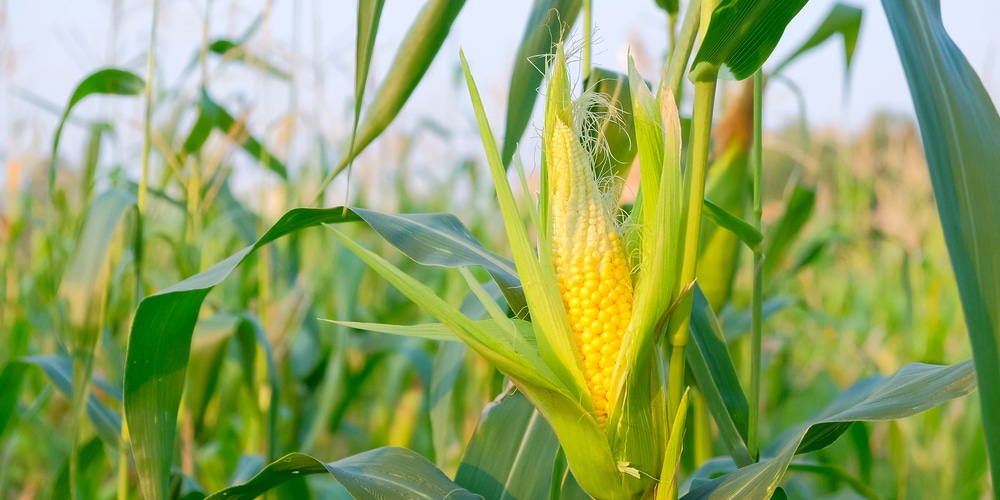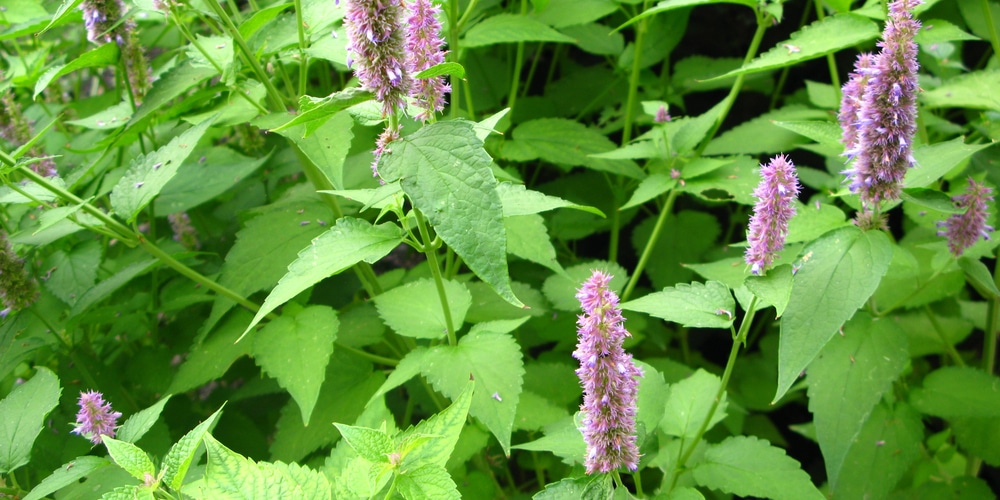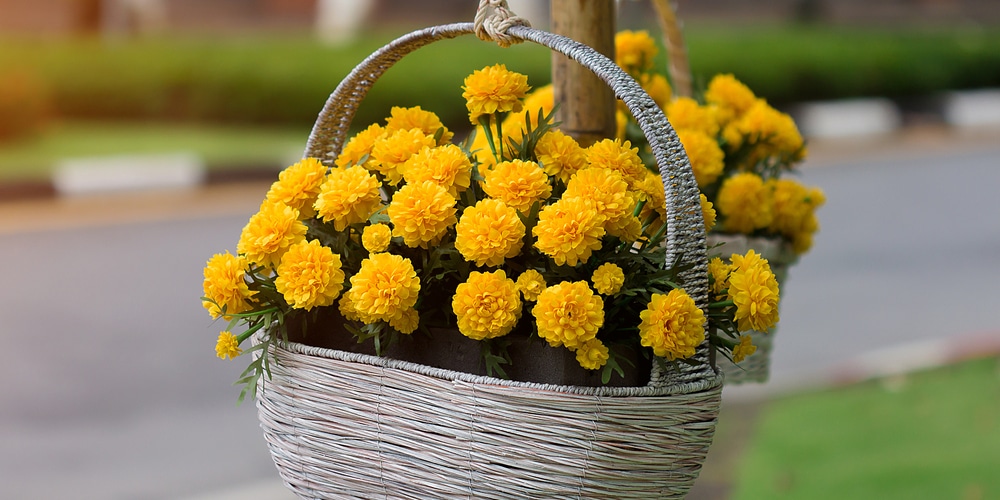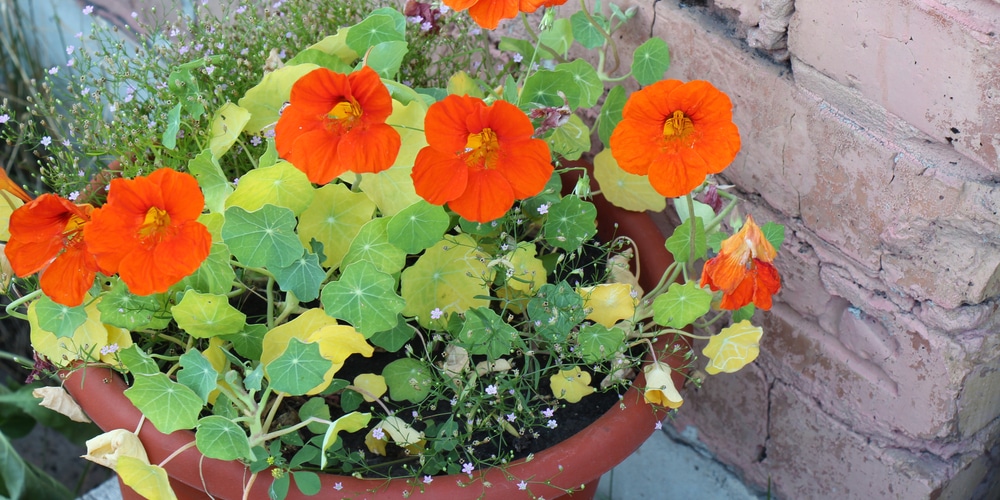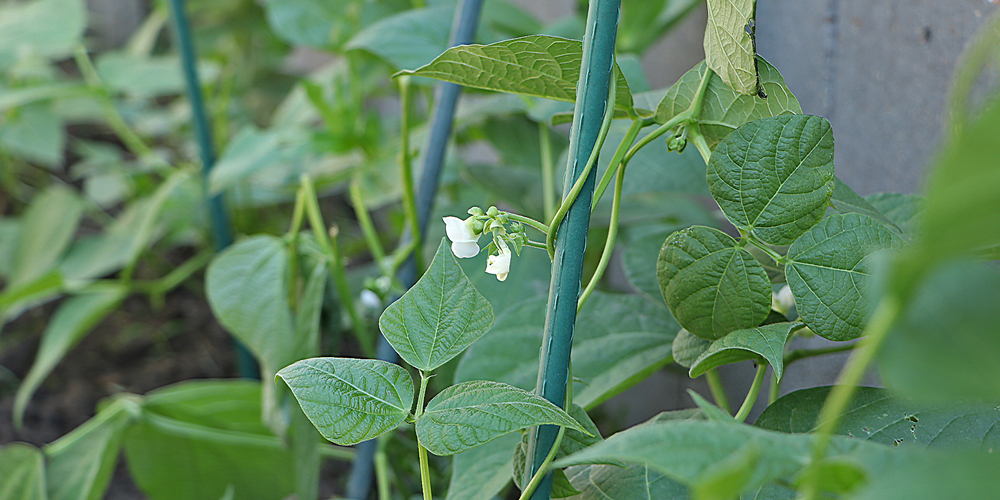A few things are as satisfying as watching the vegetable plants you grow with so much care and effort finally giving their fruits. If you are familiar with growing pumpkins, you know the feeling. These big, orange fruits require plenty of nutrients and attention to thrive. However, under adequate conditions, you’ll be able to have rich harvests and enjoy watching them grow and develop. To increase the chances of that happening, why not add pumpkin companion plants in your garden?
Companion plants can ensure pollination, protect your plants from pests and diseases, and even contribute to better taste. Indeed, some plants release chemicals that the soil absorbs and spreads to your pumpkins, increasing their quality.
Yes, you can grow pumpkins without companion plants, but you can have such positive effects with them that we recommend you (at least) think about it. If you didn’t know this already, you shouldn’t grow pumpkins with any plant. You’ll need to find the ones that bring benefits and won’t harm your plants’ needs and requirements.
To learn more about which plants you should consider adding to your garden as companions to your pumpkins, keep reading this essential guide we put together for you.
Corn
Corn is one of the most ancient companion plants to pumpkins. Early Native Americans used to plant corn, beans, and pumpkins together to enjoy the most of their mutually beneficial relationship. Indeed, pumpkin vines work as ground covers: they retain water and nutrients and prevent the roots from overheating. Plus, they can deter weeds from developing around your corn plant.
On the other hand, corns provide your pumpkin plants with adequate support for their growth. They also make for a trellis for pole beans, which fix nitrogen in the soil and contribute to rich harvests (more on that later).
Korean Licorice Mint
Korean Licorice Mint is the ideal addition to any garden. This plant can attract several types of beneficial pollinators, including hoverflies. Some will feed on harmful pests such as aphids, mites, or mealybugs, which can destroy your pumpkins.
Korean Licorice Mint is ideal for warm regions (as it is tolerant to drought) and makes for a stunning decorating addition. During the spring, you will be able to enjoy several vibrant blue-purple flowers. Plus, you won’t have to dedicate too much effort to this plant: as long as it receives the sunlight it needs and proper amounts of water, your plant will thrive. It will help your pumpkin survive attacks from harmful pests. Isn’t that a great bargain?
Lavender
Aromatic herbs produce chemicals that can aid you in growing healthy pumpkins. Among all aromatic herbs, lavender is one of the most beautiful and the best companion for pumpkins.
Lavender is a colorful plant with an attractive scent that attracts beneficial pollinators and can protect your pumpkins from harmful diseases. In turn, this results in more consistent and tasty fruiting on your pumpkin plants. Also, lavender seems to add sweetness to your pumpkins, which will boost their flavor. Finally, lavender is a perennial: if you commit to regular pruning, you’ll be able to enjoy this stunning plant over the following season too.
Marigold
Marigolds are ideal pumpkin companion plants. These colorful flowering plants can repel soil-born pests and root-knot nematodes that damage your crops. Indeed, Marigolds’ roots produce bioactive chemicals that keep such insects away. There must be reasons why these plants are a gardener’s favorite.
In popular culture, Marigolds are deterrents for multiple pests: many people advise planting them near vegetables and fruits to improve harvests. You can also plant marigolds as cover crops to protect the soil and keep it free from harmful insects before adding your pumpkin seeds to the ground.
Nasturtiums
Another flowering plant you may want to consider adding close to your pumpkins is nasturtiums. These plants help keep squash bugs (which feed on your orange fruits’ vines and leaves) away. Also, nasturtiums attract beneficial insects such as ladybugs and wasps that prey on common pests. Additionally, planting nasturtiums in your garden is a guarantee of more vibrancy in your yard: these plants produce colorful flowers which you can enjoy through the spring and summer.
Beans
We briefly mentioned the role of beans as ancient companion plants to pumpkins in the section about corn. However, these legumes deserve a spot on their own because the benefits they can provide your plants are numerous. For starters, they can provide your squash vines with support for vertical growth. Also, they add nitrogen to the soil, on which pumpkins feed to grow healthier and juicier. If you don’t have much space in your garden, consider planting pole beans: they climb up stalks and save space.
Carrots
In general, root vegetables do not make good companions to pumpkins. The latter need plenty of nutrients and don’t like to be disturbed by deep roots in their attempt to grow. However, carrots are safe around pumpkins. If planted close enough (but not too much to prevent them from harming your pumpkins), carrots can attract tons of bees and pollinators, which will improve the fruit’s growth. To get the most out of this beneficial relationship, don’t forget to plant the carrots before the pumpkins.
Sunflowers
Sunflowers are bright and colorful and attract beneficial pollinators and contrite to repel some harmful pests. Additionally, the thick stalks of these flowers can work as a trellis for your pumpkins’ vines, which improves growth and supports blooming.
Pumpkin Companion Plants: The Bottom Line
Now that you have a better idea of what to plant with your pumpkins, there is nothing to stop you from trying to improve your vegetables’ yields. Don’t forget to avoid planting your pumpkins near large root crops like beets, onions, and potatoes, which can disturb the growth of your precious orange fruits. Here’s when to plant pumpkins in your area if you’re unsure.
Instead, select a plant with similar nutrient and soil requirements that might help you scare away pests and diseases and offer a boost in nutrition. Some companion plants, like lavender, can improve the aesthetics of your garden and the taste of your fruits. However, regardless of the plants you select, ensure you provide them with what they need to thrive before planting them as companion plants.
